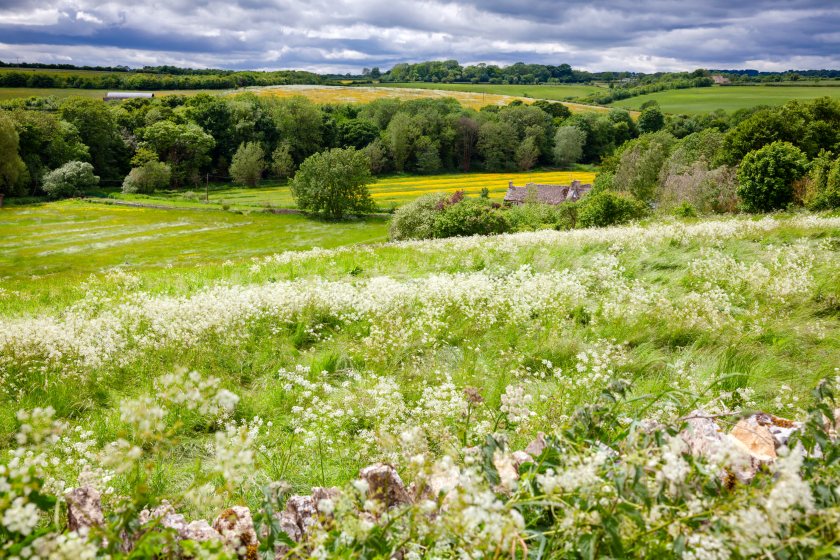
A major review has asked whether agri-environment schemes (AES) are helping farmers build resilience — or simply adding fresh layers of complexity.
The study, carried out by AHDB in partnership with Harper Adams University, examined more than 40 public and 35 private schemes currently available across the UK’s cereals & oilseeds, beef and lamb, pork and dairy sectors.
It also drew on 63 published studies since 2019 to assess their impact on profitability, environmental outcomes and long-term stability.
Public initiatives such as the Sustainable Farming Initiative (SFI) were found to be relatively straightforward for farmers to access.
However, their short-term nature and vulnerability to political change make it difficult for businesses to plan long-term investment.
By contrast, private schemes — including carbon credits and biodiversity net gain (BNG) — offer longer-term opportunities but often come with strict commitments.
Contracts may stretch to 30 or even 50 years, tenant farmers can be excluded, and doubts remain over the credibility of some environmental claims.
Some producers are turning to a blended approach that combines public and private funding streams. But the review warns this path is far from simple and usually requires expert advice to avoid pitfalls such as double-counting environmental benefits.
Another challenge highlighted is the tension between environmental actions and food production. Schemes that only reward “additional” improvements can leave early adopters disadvantaged.
While immediate financial gains are not guaranteed, the review noted potential long-term benefits such as healthier soils, lower input costs and greater resilience to climate change.
Sarah Baker, AHDB’s head of economics – analysis, said the report is designed to help levy payers navigate an increasingly complicated landscape.
“As farming faces new pressures – from changing policies and reduced levels of support to climate challenges – UK farmers are needing to explore more options to mitigate their loss of income through environmental schemes,” she explained.
“These schemes, both public and private, are becoming part of everyday farm decisions. But how do they affect your business’s resilience? And how do you choose which are best for you and your individual business?
"How do you know what is available in your location or sector? This report will help answer levy payers’ questions.”
To support decision-making, AHDB is developing a digital tool to help levy payers identify the schemes most relevant to their sector and location.
Due to launch in mid-November, it is expected to provide tailored results, saving farmers both time and money.
Baker added: “We are excited about the new digital tool, which will save levy payers time and money by providing a list of suitable AES when they input their sector and location.”
The review concludes that while agri-environment schemes present both challenges and risks, they are becoming an integral part of farm business planning.
With support and clearer guidance, AHDB argues, these schemes could play a decisive role in shaping the resilience and sustainability of UK farming for years to come.
